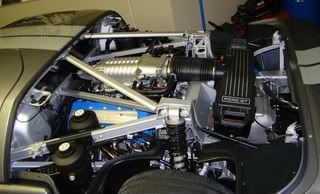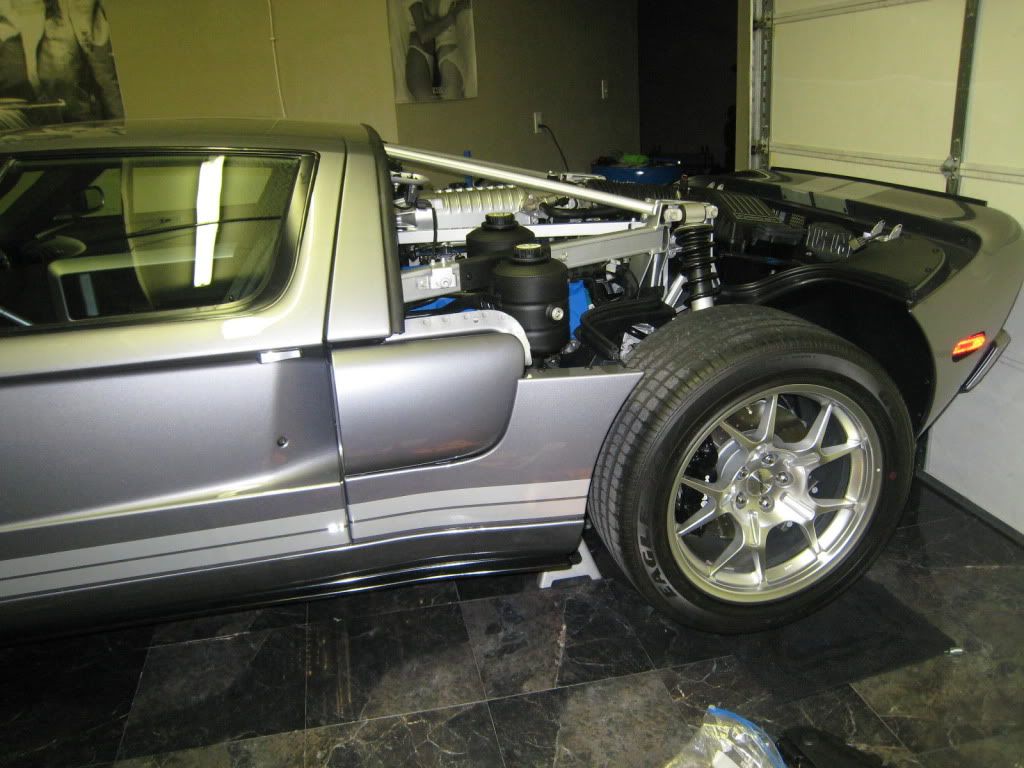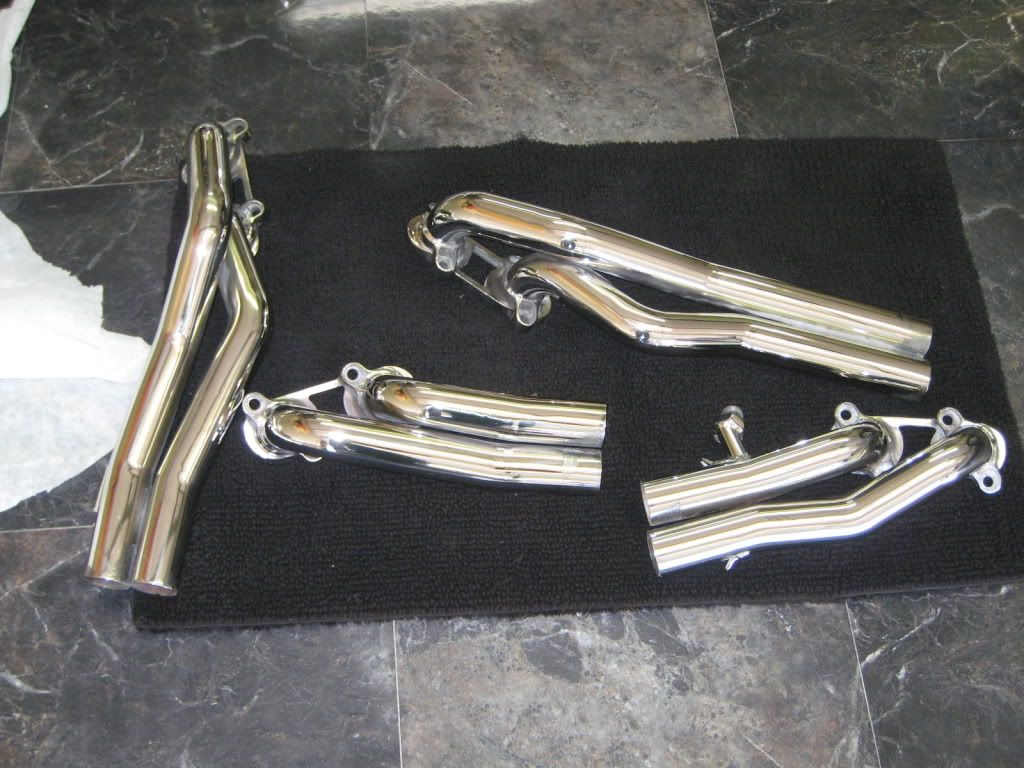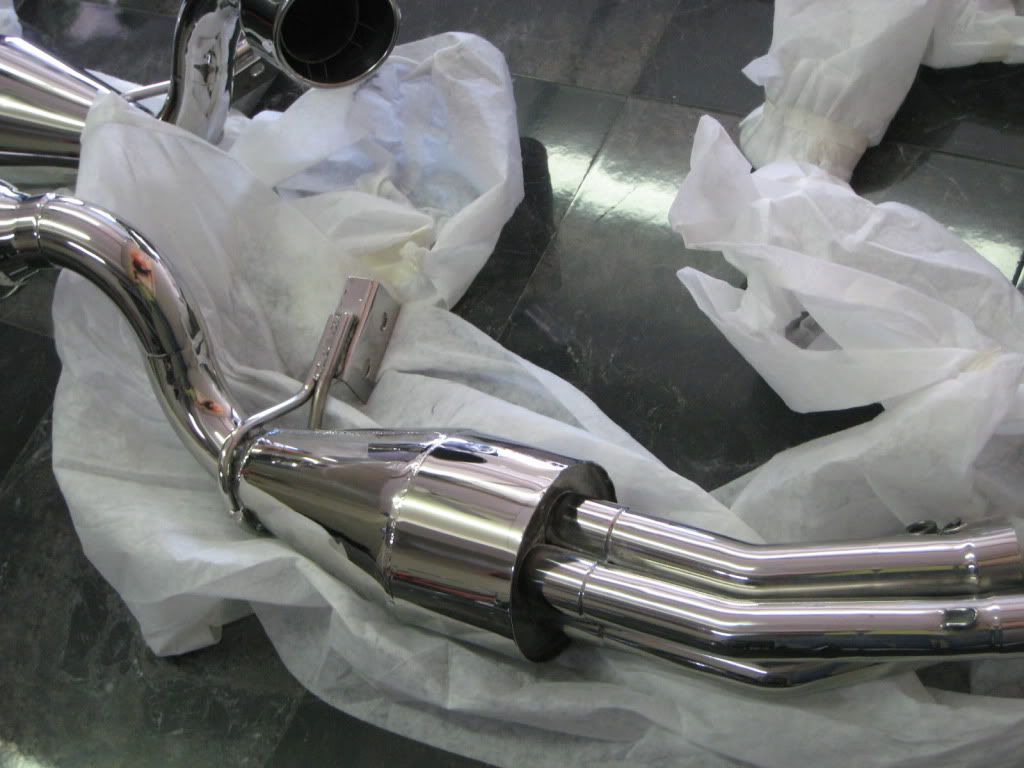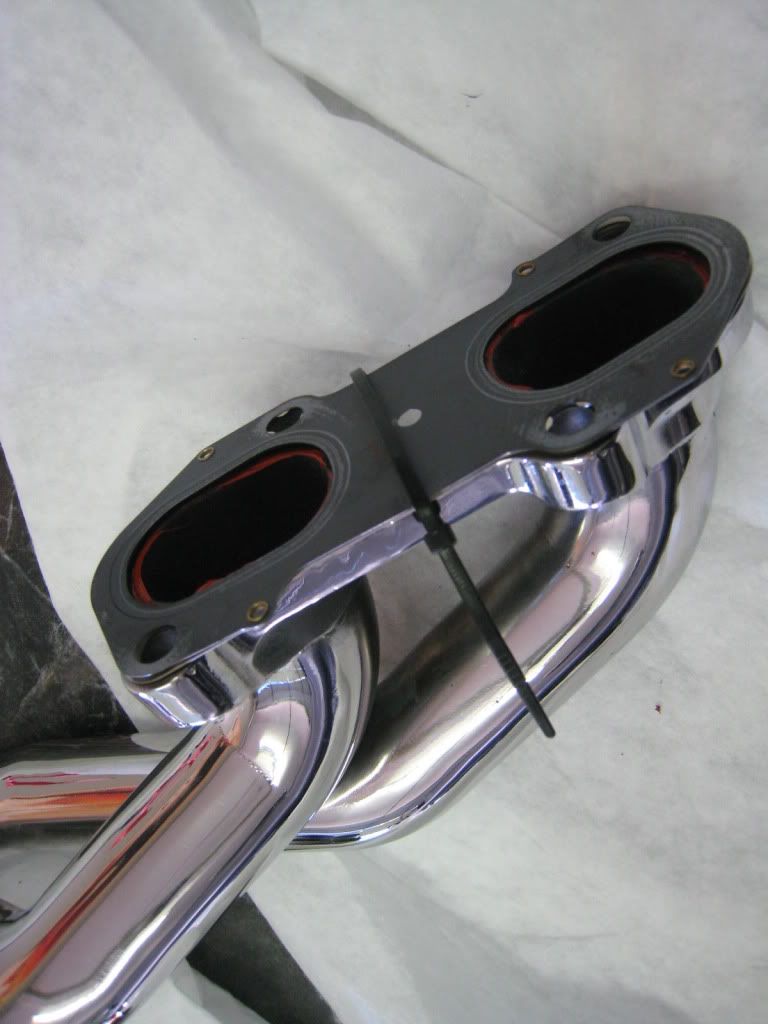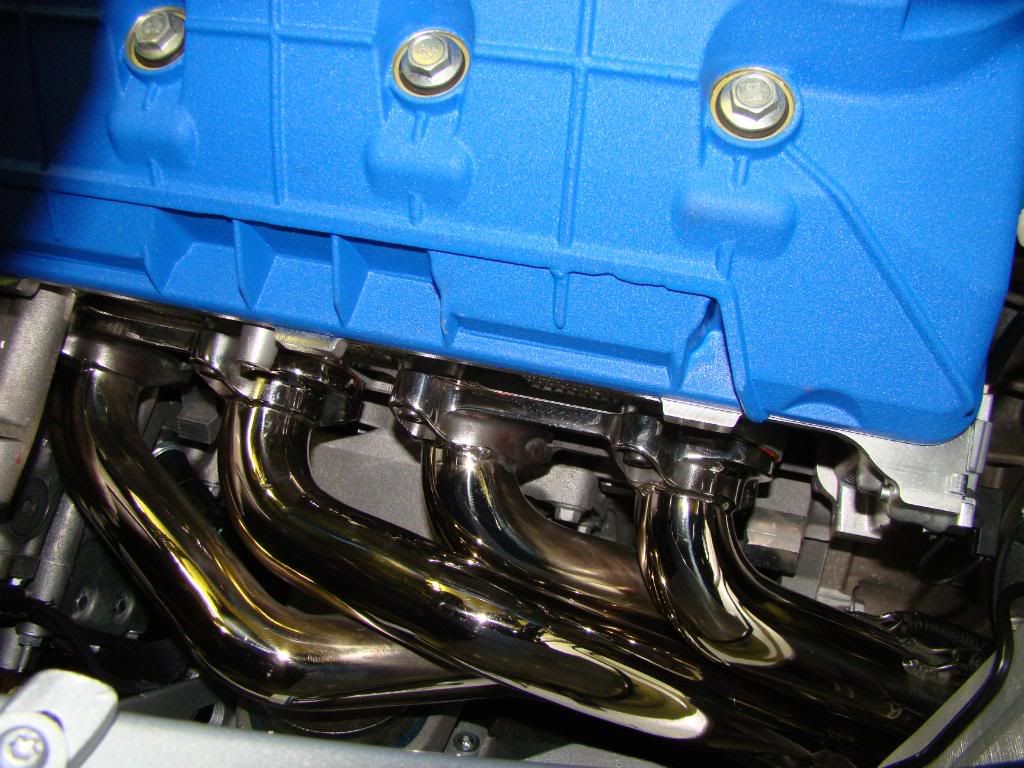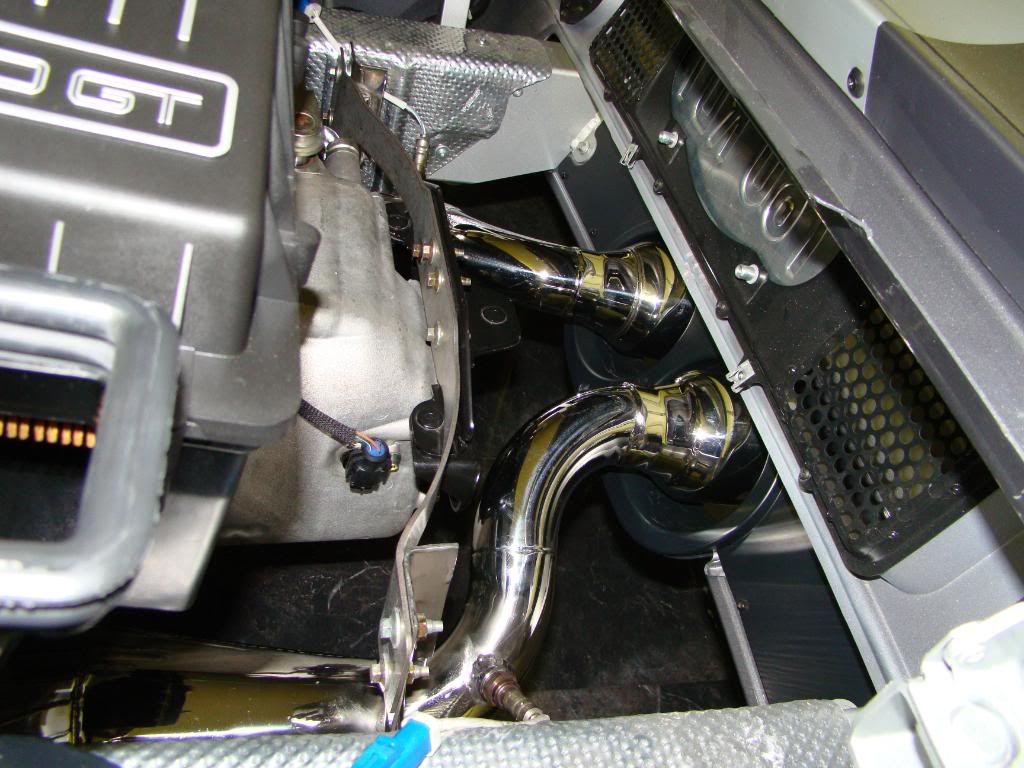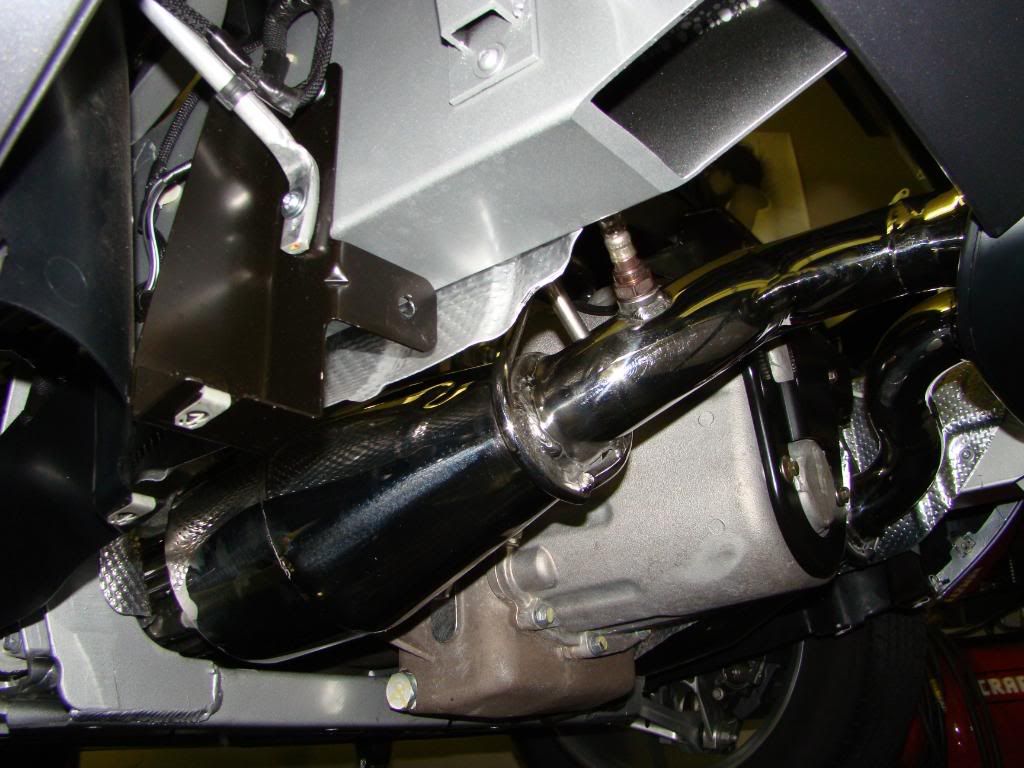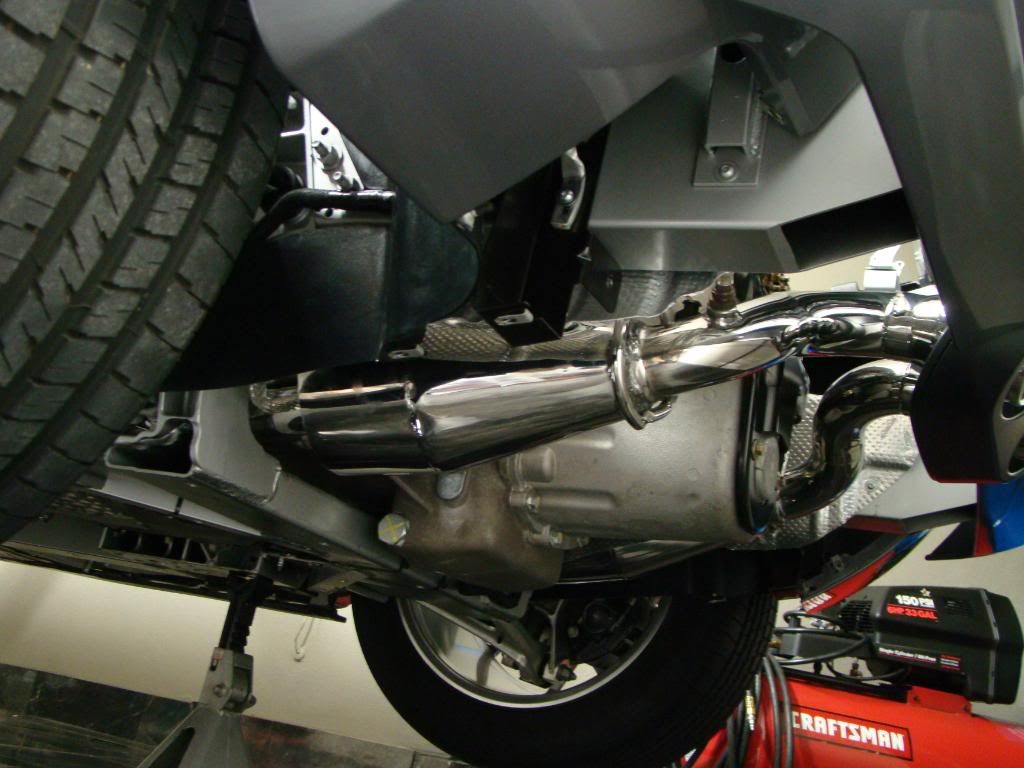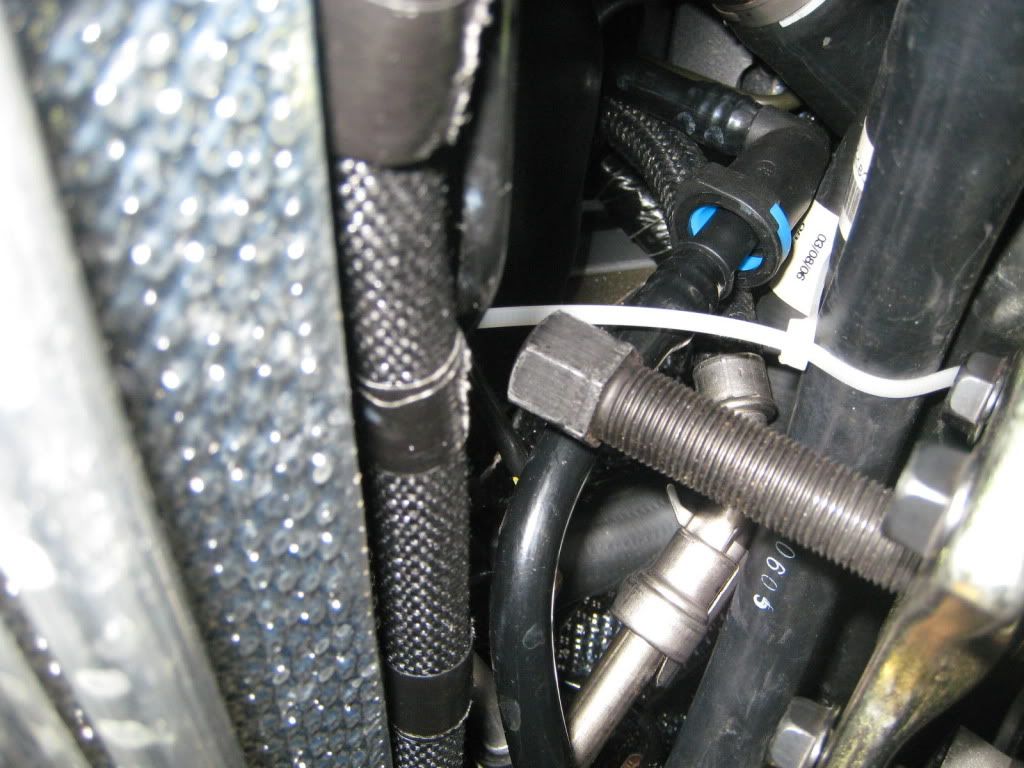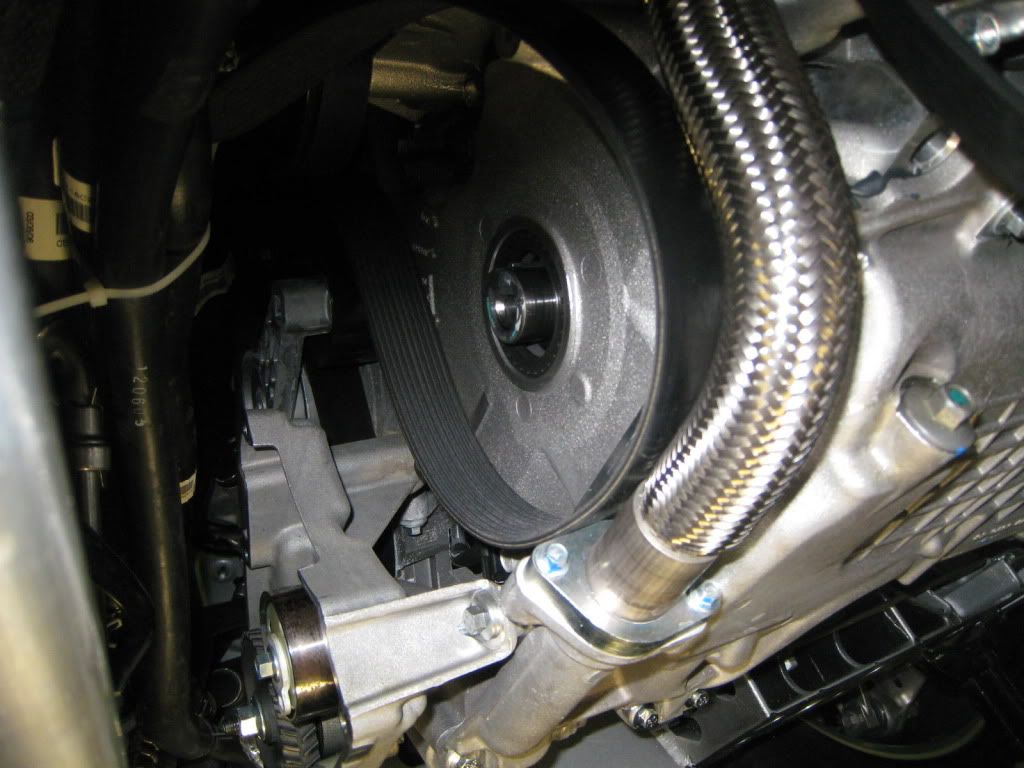Luke Warmwater
Permanent Vacation
I don't think anyone is saying that Ford engineers have a monopoly on knowledge. I think they are saying that in a program with a cost in the range of $200 million dollars, if there were an intelligent reason to lighten the balancer, they probably would have. In the context of the entire car, the balancer is a cheap part, and a lighter one likely wouldn't be change the cost. The FGT engine was run at WOT in the real world for 500 miles. There is no conceivable way that any performance shop, tuner or otherwise will be able to replicate that with another piece and validate it in the real world.
Otherwise, while we're making sure people aren't being closed minded, let's be sure not to lump Ford in with other companies because of the industry they are in. Ford isn't remotely close to the edge of bankruptcy, nor were they. :wink
Really? I'm happy that they did not accept the bail out but to say they were never close to bankruptcy is not accurate. That's a whole other debate I'm sure.
http://smarterspend.com/2009/03/companies-bankrupt-2009/
You speak of "a $200 million program, if there were an intelligent reason to lighten the balancer, they probably would have". Not if it had an adverse affect on long term reliability. These cars and cars in general offered to sale to the general public have to be damn near indestructible or the public balks and company images are damaged. I don't know the design parameters surrounding this part but I'll continue to assert that the entire design was full of compromises. They may have tested lighter balancers and found that engine life decreased to point that was below the required threshold. If someone comes on here and argues that using a lighter balancer has no affects on reliability then that would suggest a real difference of engineering design conclusions and one would then have to decide which team of engineers had more evidence to support their position.


